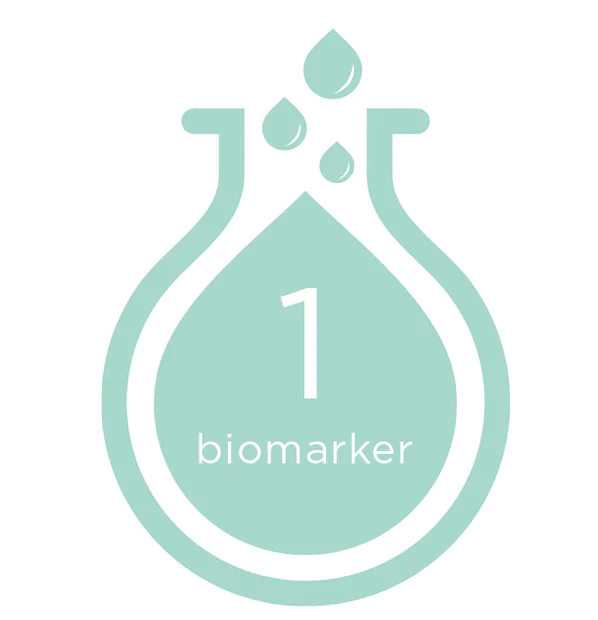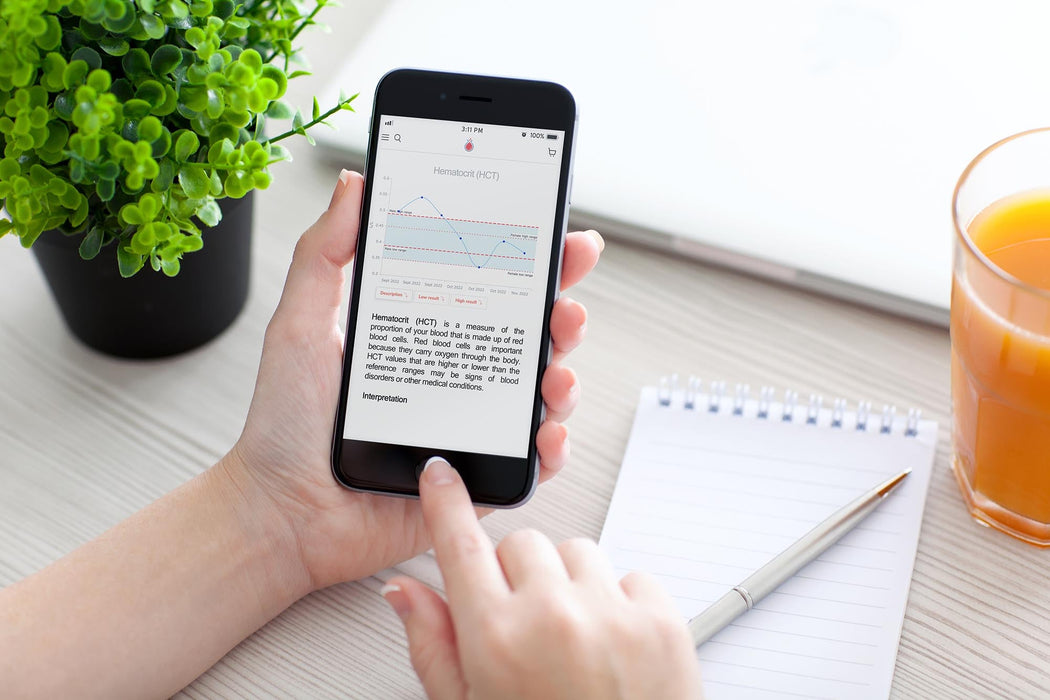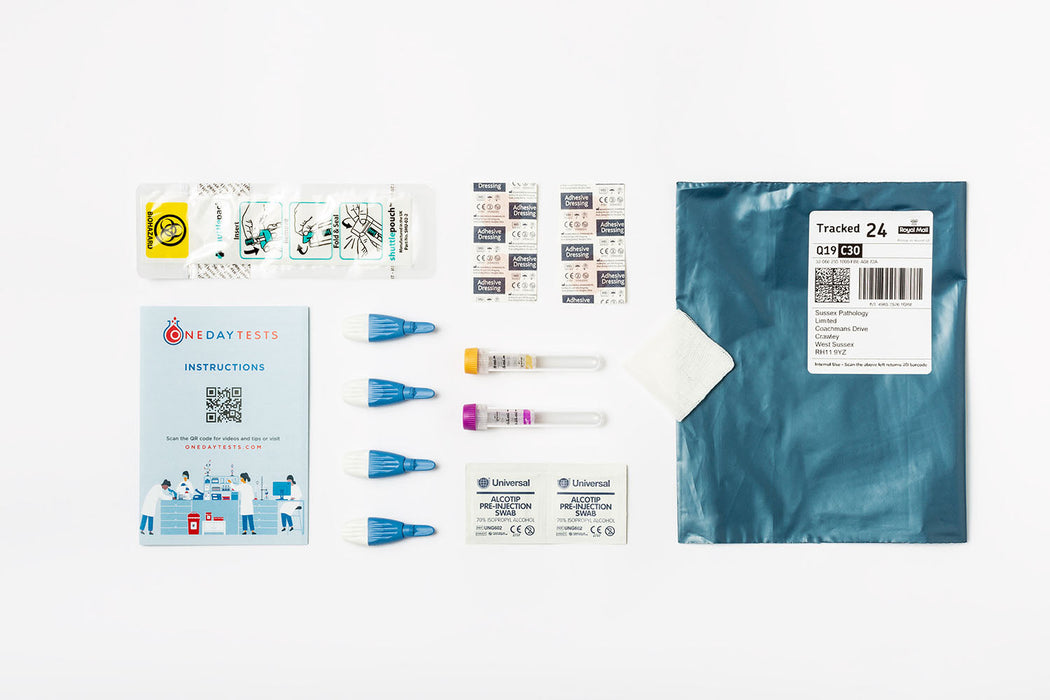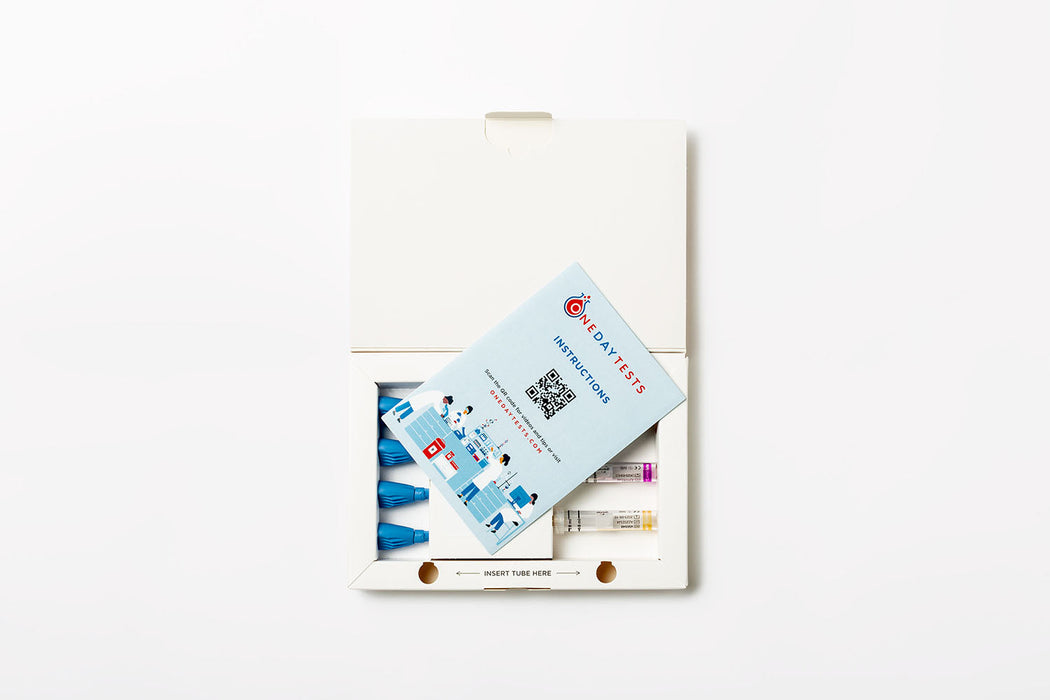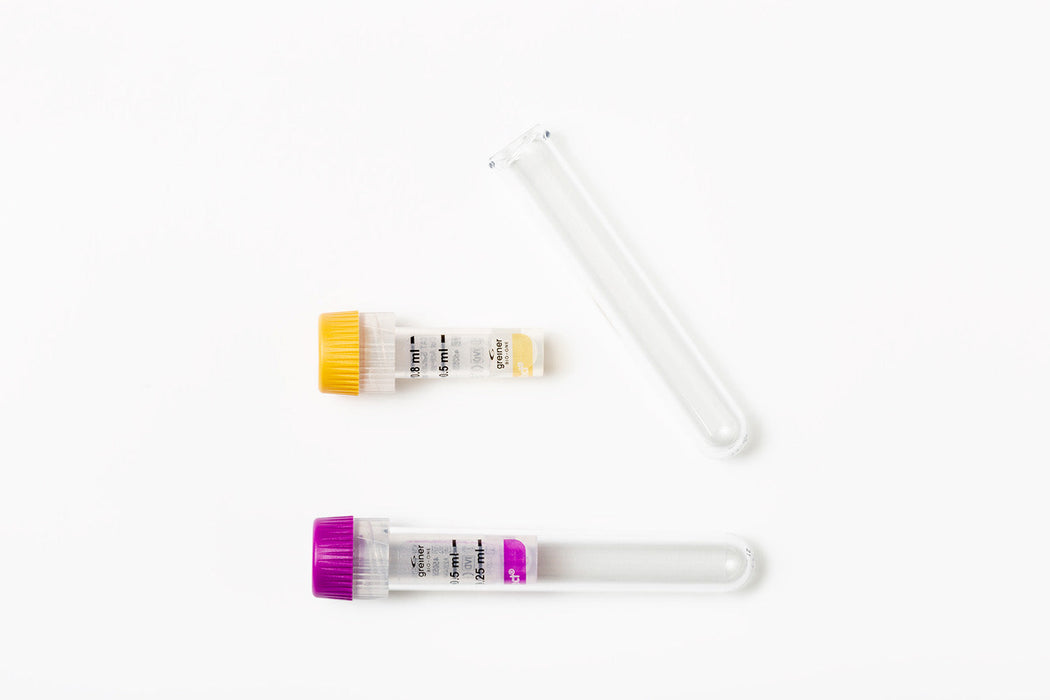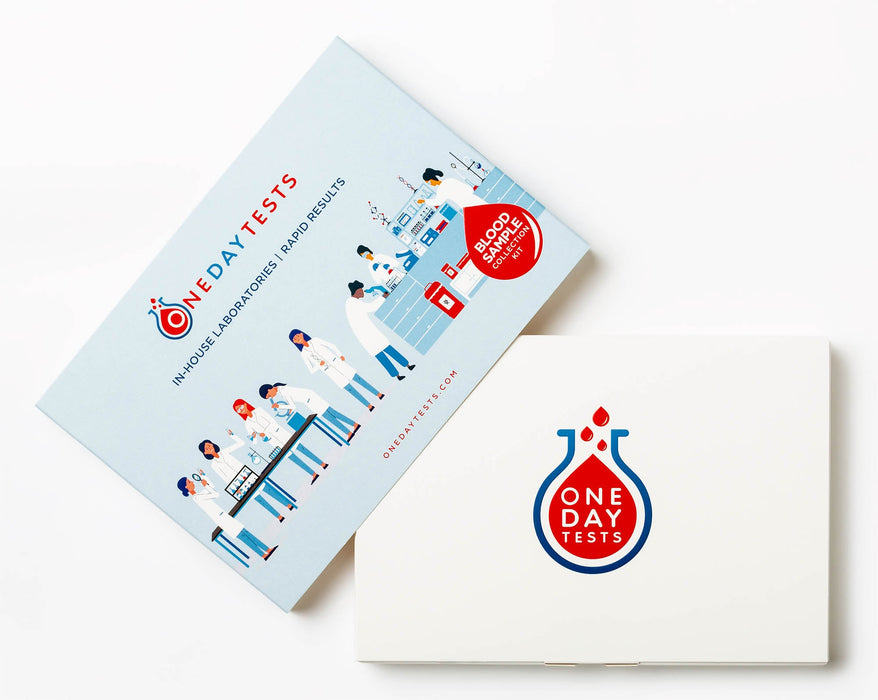What is it?
Haemoglobin A1c (HbA1c) result is used to monitor average blood glucose levels (over the last 2 to 3 months). This can help with treatment and diagnosis in diabetes or identification of prediabetes.
Some of the glucose in your blood binds to haemoglobin. Haemoglobin is very important as it transports oxygen around the body, in the red blood cells. This binding of glucose and haemoglobin is called haemoglobin A1c (HbA1c) and is directly proportional to the average concentration of glucose in blood over the lifetime of red blood cells (2 to 3 months).
HbA1c below 6%: This is normal.
HbA1c 6% to 6.4%: This is pre-diabetes. You are at high risk of developing diabetes so now is the time to act by increasing activity levels and improving your diet. You should be tested at least annually for diabetes.
HbA1c over 6.4%: This is in the diabetic range. The test is usually repeated to confirm the diagnosis, but you are likely to need treatment for diabetes. This may simply be lifestyle measures but may also include tablets or injectable medication including insulin.
Reference ranges
If your indicative HbA1c concentration is lower than the reference range for our laboratory:
This generally implies that you do not have diabetes.
You can discuss this result with your GP.
If your indicative HbA1c is higher than the reference range for our laboratory:
If you have diabetes or your diabetes is not well managed, your blood glucose levels will be high, in turn causing higher HbA1c concentrations.
You can discuss this result with your GP.



